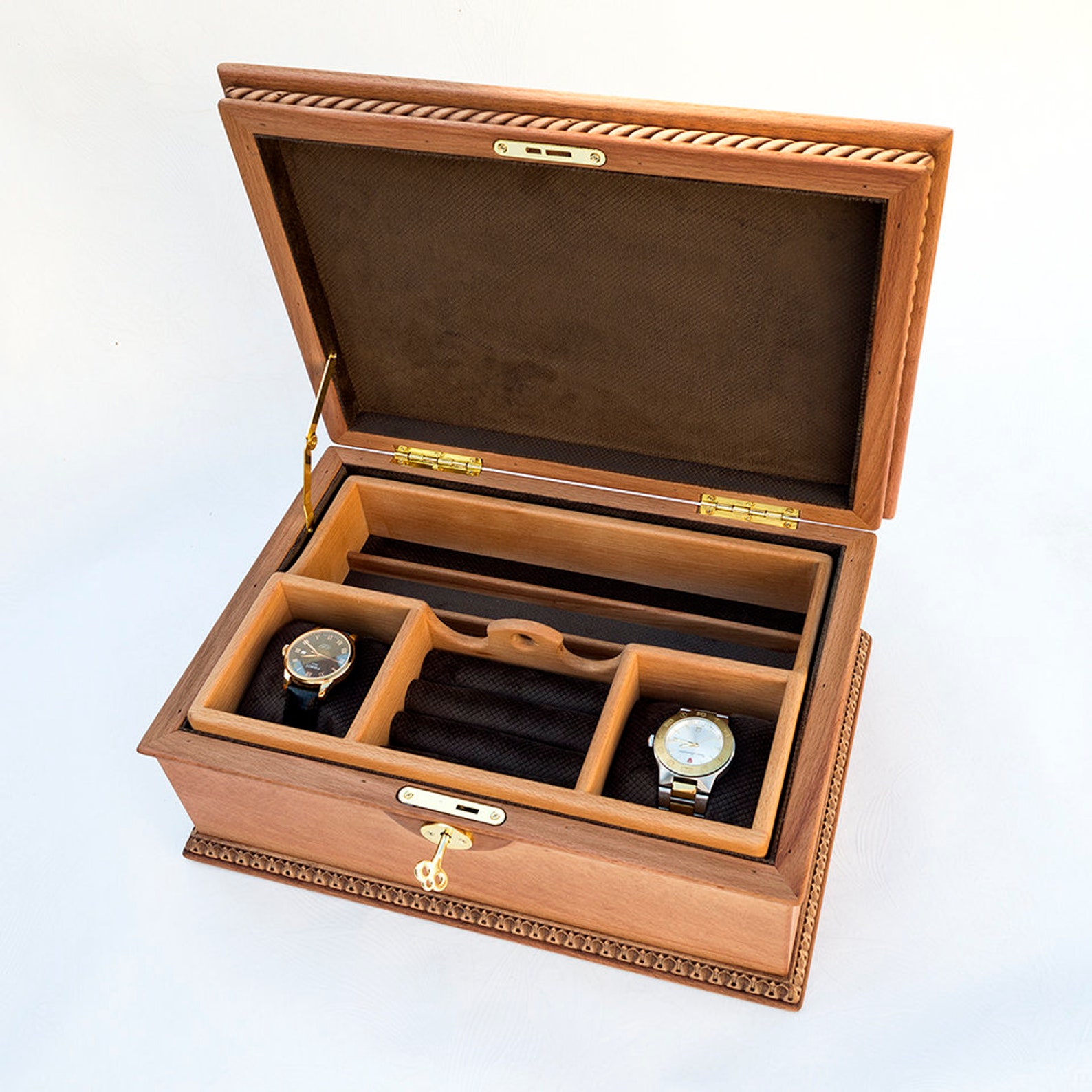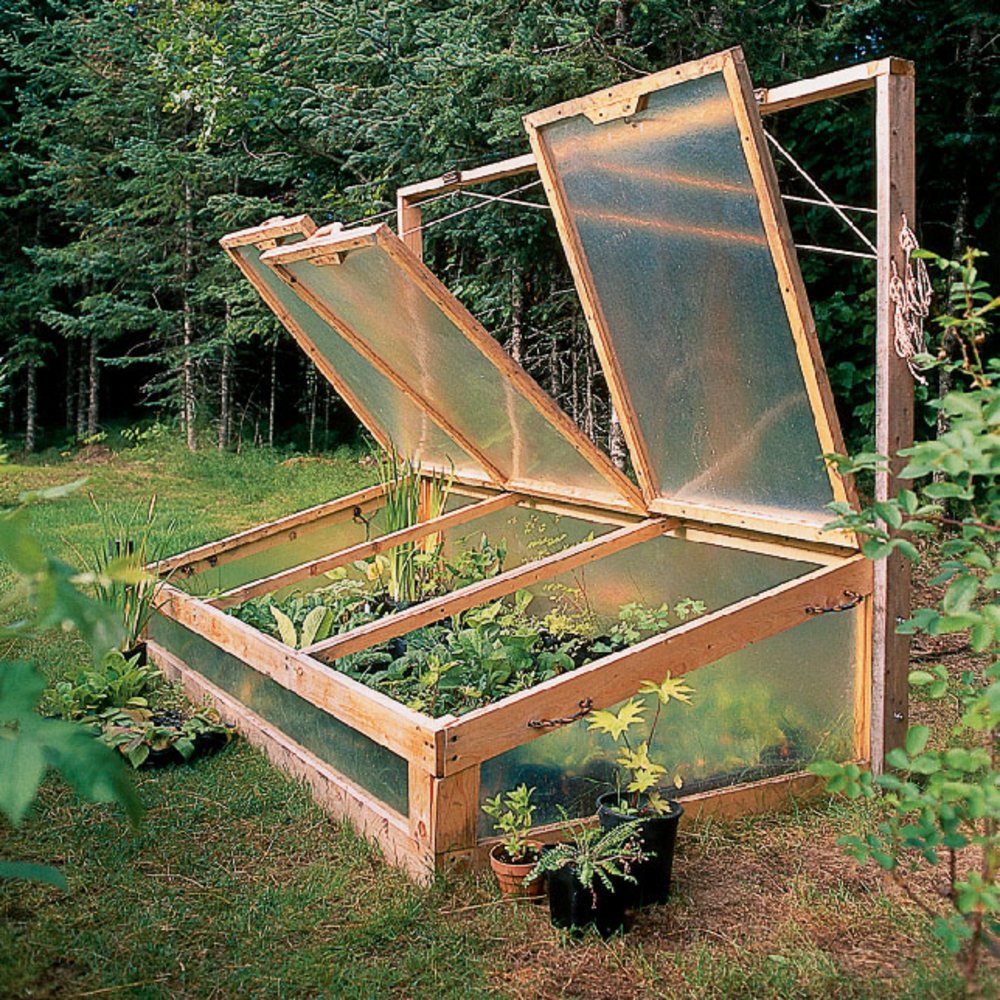
Bring the Warmth Home with Wooden Candle Holders: Cozy Up Your Space
Candles, with their flickering flames and warm glow, have a magical ability to transform any space into a cozy haven. And what better way to enhance that ambiance than with a stunning wooden candle holder? Wood, with its natural beauty and rustic charm, adds a touch of warmth and sophistication to any décor.
Whether you're a seasoned DIY enthusiast or a beginner looking to add a personal touch to your home, creating wooden candle holders is a fun and rewarding project. Let's dive into some inspiring ideas to create a cozy and welcoming atmosphere in your home.
Rustic Elegance: Embracing the Natural Beauty of Wood
For a truly rustic and inviting feel, embrace the raw beauty of wood in its natural state. Here are a few ideas to get you started:
Driftwood Delight
Driftwood, with its unique shapes and weathered textures, is a perfect material for creating a one-of-a-kind candle holder. Simply gather some driftwood pieces from your beach trips or find them at a local craft store. Secure a small tea light or votive candle to the wood using glue or a small nail. The rustic charm of driftwood will complement any beach-themed or coastal décor.
Log Candle Holders
Thick slices of log, preferably with interesting knots or grain patterns, make stunning candle holders. You can create a simple holder by drilling a hole in the center of the log to accommodate your candle. Alternatively, you can carve a shallow depression in the log to create a more decorative holder. The rough-hewn texture of the log adds a touch of rustic charm and warmth.
Tree Branch Candle Holders
Embrace the natural beauty of branches by transforming them into decorative candle holders. Look for branches with interesting shapes and textures. You can simply place a candle on a branch or use a small piece of wire or string to secure it in place. For a more polished look, you can sand the branch and give it a natural oil finish.
Personalized Wooden Candle Holders: Adding a Touch of Your Style
Add a personal touch to your candle holders by incorporating your own creative flair. Experiment with different stains, paints, and embellishments to create unique pieces that reflect your individual style.
Painted Wooden Candle Holders
Paint your wooden candle holders in vibrant hues to add a pop of color to your home. Choose colors that complement your existing décor or create a thematic look. For example, a vibrant blue candle holder can enhance a beachy atmosphere, while a warm red holder can add a festive touch.
Stained Wooden Candle Holders
Enhance the natural beauty of wood with a stain. Choose from a variety of wood stains to achieve different looks. For a warm and inviting feel, opt for honey or walnut stains. If you prefer a darker and more dramatic look, try a mahogany or ebony stain.
Embellished Wooden Candle Holders
Add unique details to your wooden candle holders by using different embellishments. Here are a few ideas:
- **Stencils:** Create intricate patterns on your candle holder using stencils. You can use stencils to add floral motifs, geometric shapes, or inspirational quotes.
- **Decoupage:** Glue beautiful paper cutouts or fabric scraps onto your candle holders for a unique and whimsical look. This technique is a great way to repurpose old paper or fabric scraps.
- **Natural Elements:** Incorporate natural elements like dried flowers, pine cones, or seashells for a touch of rustic charm. Secure them to the holder with glue or wire.
Creative Wooden Candle Holder Designs: Beyond the Basic
Get inspired by these creative designs to elevate your candle holder creations:
Tiered Wooden Candle Holders
Create a stunning centerpiece by stacking wooden platforms to create a tiered candle holder. This design allows you to display multiple candles at different heights, adding depth and dimension to your space. You can use different sizes and shapes of wood for a visually interesting look.
Wooden Candle Lanterns
Build a cozy wooden lantern to create a warm and inviting glow. Use thin wooden slats to create a frame, then use glass or wire mesh for the sides to allow the candlelight to shine through. Decorate the lantern with wood carvings or paint for a personalized touch.
Wooden Candle Holders with Built-in Shelves
Create a practical and stylish candle holder by adding shelves for displaying small decorative items. This design allows you to combine a cozy candlelight with a touch of decorative flair. You can use thin wooden planks or repurposed pieces of wood to build the shelves.
Tips for Creating Wooden Candle Holders
To ensure your wooden candle holder is safe and aesthetically pleasing, keep these tips in mind:
- Choose the Right Wood: Select sturdy and fire-resistant woods like oak, maple, or walnut. Avoid using soft woods that could easily catch fire.
- Securely Mount the Candle: Make sure the candle is firmly secured to the holder. Use glue, wire, or a small nail to prevent it from tipping over.
- Always Supervise Burning Candles: Never leave burning candles unattended. Always use a heat-resistant surface and place the holder away from flammable materials.
- Finish the Wood: Sand the wood smooth and apply a sealant or varnish to protect it from heat and moisture.
Conclusion: Adding a Touch of Warmth and Charm to Your Home
Wooden candle holders are a wonderful way to add a touch of warmth, charm, and personality to your home. With a little creativity and some basic woodworking skills, you can transform plain wood into stunning candle holders that will create a cozy and welcoming atmosphere in any space.
So, gather your tools and materials, and let your imagination run wild. You'll be surprised at the unique and beautiful candle holders you can create to enhance the warmth and ambiance of your home!





